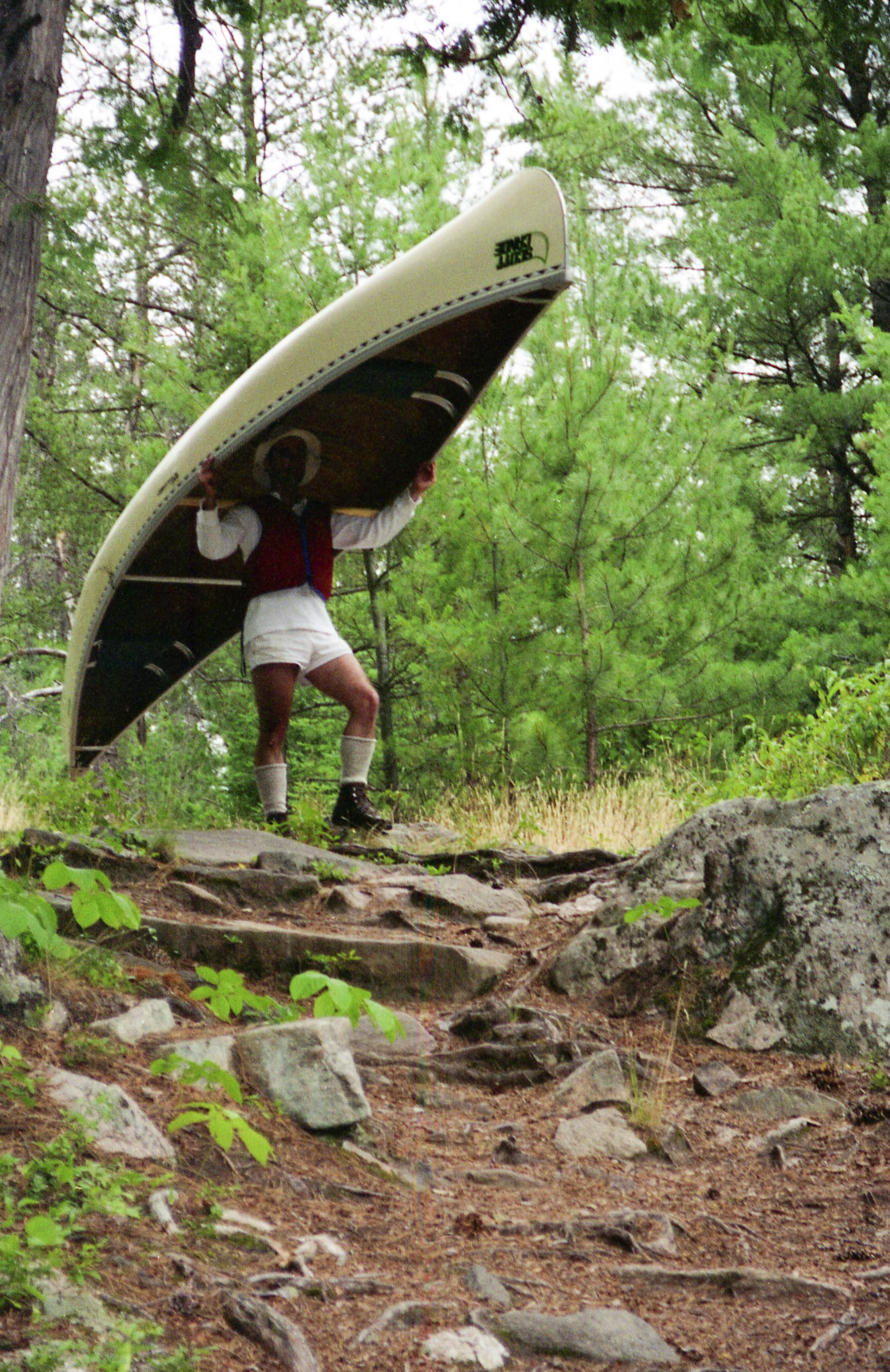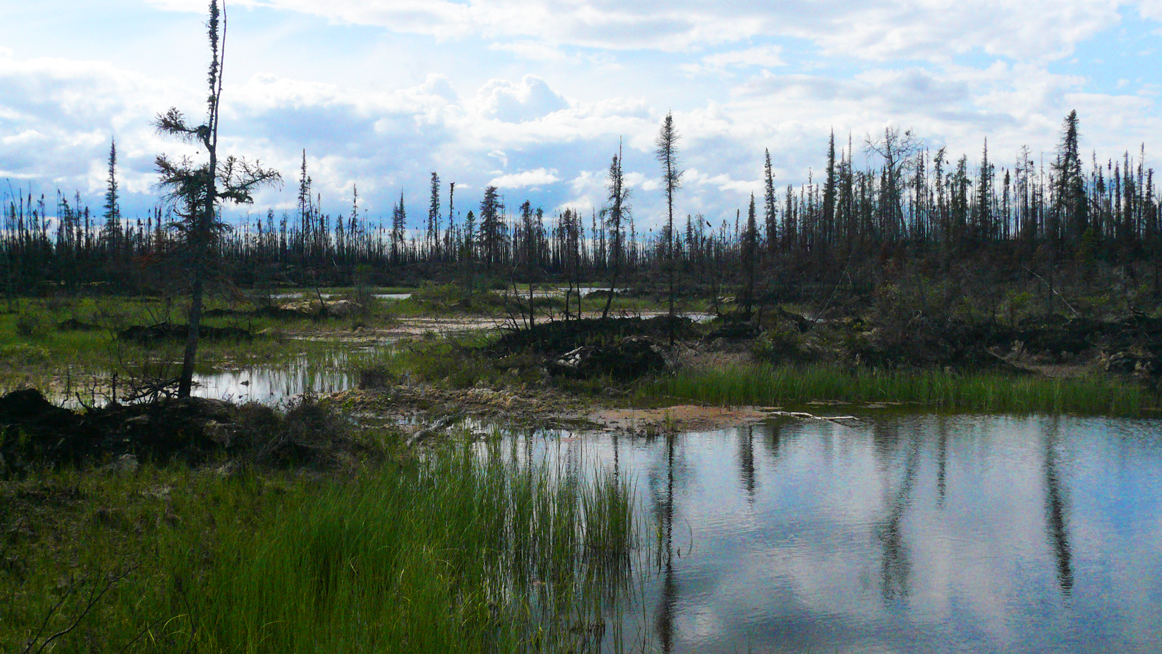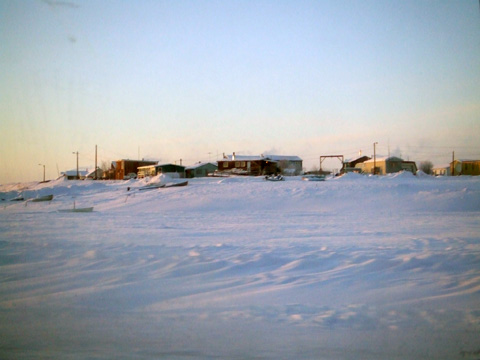|
Northern Transportation Company Limited
Marine Transportation Services (MTS) formerly Northern Transportation Company Limited (NTCL) is a Ship transport, marine transportation company operating primarily in the Mackenzie River watershed of the Northwest Territories and northern Alberta, and the Arctic Ocean using a fleet of diesel tug boats and shallow-draft barges. NTCL filed for bankruptcy in 2016 and its assets were acquired by the Politics of the Northwest Territories, Government of the Northwest Territories later that year. History The company was an outgrowth of the competition in the Northwest Territories and Northern Alberta between the new Northern Traders Company and the entrenched Hudson's Bay Company.Ray, Arthur J. (1990) ''The Canadian Fur Trade in the Industrial Age'' University of Toronto Press, Toronto, p. 104, Colonel James Cornwall, one of the principals of the Northern Traders Company, ran his first steamer, a Paddle steamer, stern wheeler ''The Midnight Sun (sternwheeler), The Midnight Sun'', on th ... [...More Info...] [...Related Items...] OR: [Wikipedia] [Google] [Baidu] |
Fort Fitzgerald
Fitzgerald, also known as Fort Fitzgerald and originally Smith's Landing, is an unincorporated community in northern Alberta, Canada within the Regional Municipality of Wood Buffalo, located south of the Northwest Territories border, and southeast of Fort Smith. History Prior to the extension of railway service to Hay River, Northwest Territories, on Great Slave Lake, all cargo being shipped to or from the north had to be portaged from Fitzgerald to Fort Smith, to avoid four impassable rapids. The community was known as Smith's Landing until 1915 when it was renamed Fort Fitzgerald after the late Francis Joseph Fitzgerald. Services Most of the community's services are provided from Fort Smith, including fire, law enforcement, health care, social services, and telecommunications. Law enforcement is part of the Royal Canadian Mounted Police 'G division' in the Northwest Territories. Since telecommunication services, including cellular and internet, are from Fort Smith, North ... [...More Info...] [...Related Items...] OR: [Wikipedia] [Google] [Baidu] |
Eldorado Resources
Eldorado Resources was a Canadian mining company active between 1926 and 1988. The company was originally established by brothers Charles and Gilbert LaBine as a gold mining enterprise in 1926, but transitioned to focus on radium in the 1930s and uranium beginning in the 1940s. The company was nationalized into a Crown corporation in 1943 when the Canadian federal government purchased share control. Eldorado Resources was merged with the Saskatchewan Mining Development Corporation in 1988 and the resulting entity was privatized as Cameco Corporation. The remediation of some mining sites and low-level nuclear waste continue to be overseen by the Government of Canada through Canada Eldor Inc., a subsidiary of the Canada Development Investment Corporation. History Eldorado was originally established as Eldorado Gold Mines but, after finding radioactive deposits at Great Bear Lake, Northwest Territories in 1930, the company transitioned to primarily mining radioactive materials. G ... [...More Info...] [...Related Items...] OR: [Wikipedia] [Google] [Baidu] |
Port Radium
Port Radium is a mining area on the eastern shore of Great Bear Lake, Northwest Territories, Canada. It included the settlement of Cameron Bay as well as the Eldorado (also called Port Radium) and Echo Bay mines. The name Port Radium did not come into use until 1936 and at the time it was in reference to the region as a whole. The Eldorado mine site at LaBine Point adopted the name for its settlement in the 1940s and it has generally stuck. Location Port Radium is situated at on LaBine Point on the McTavish Arm of Great Bear Lake. Cameron Bay is situated southeast at and Port Radium Airport is at between the two to the north and consisted of a gravel airstrip next to Glacier Lake. History During a field trip along the east arm of Great Bear Lake in August 1900, James McIntosh Bell of the Geological Survey of Canada noted evidences of iron, copper, uranium and cobalt in the vicinity of Echo Bay. Thirty years later, a prospector Gilbert LaBine discovered high-gra ... [...More Info...] [...Related Items...] OR: [Wikipedia] [Google] [Baidu] |
Délı̨nę
The Charter Community of Délı̨nę (North Slavey: ) is located in the Sahtu Region of the Northwest Territories, Canada, on the western shore of Great Bear Lake and is northwest of Yellowknife. Délı̨nę means "where the waters flow", a reference to the headwaters of the Great Bear River, Sahtúdé. It is the only current settlement on the shores of Great Bear Lake, as Fort Confidence was last used in the 1800s and Port Radium closed in 1982. There is no permanent road to the community and access is by Déline Airport (serviced by North-Wright Airways, Déline Water Aerodrome in the summer and ice road in the winter. History According to early records, a trading post was established in this general area as early as 1799 by the North West Company, but it did not last very many years. In 1825, Peter Warren Dease of the Hudson's Bay Company (HBC) erected an outpost here as the staging area and winter quarters for Sir John Franklin's second Arctic expedition of 1825–1 ... [...More Info...] [...Related Items...] OR: [Wikipedia] [Google] [Baidu] |
Portage
Portage or portaging ( CA: ; ) is the practice of carrying water craft or cargo over land, either around an obstacle in a river, or between two bodies of water. A path where items are regularly carried between bodies of water is also called a ''portage.'' The term comes from French, where means "to carry", as in "portable". In Canada, the term "carrying-place" was sometimes used. Early French explorers in New France and French Louisiana encountered many rapids and cascades. The Native Americans carried their canoes over land to avoid river obstacles. Over time, important portages were sometimes provided with canals with locks, and even portage railways. Primitive portaging generally involves carrying the vessel and its contents across the portage in multiple trips. Small canoes can be portaged by carrying them inverted over one's shoulders and the center strut may be designed in the style of a yoke to facilitate this. Historically, voyageurs often employed tump lines on t ... [...More Info...] [...Related Items...] OR: [Wikipedia] [Google] [Baidu] |
Tulita
Tulita, which in Slavey means "where the rivers or waters meet", is a hamlet ''The Tragedy of Hamlet, Prince of Denmark'', often shortened to ''Hamlet'' (), is a Shakespearean tragedy, tragedy written by William Shakespeare sometime between 1599 and 1601. It is Shakespeare's longest play. Set in Denmark, the play (the ... in the Sahtu Region of the Northwest Territories, Canada. It was formerly known as ''Fort Norman'', until 1 January 1996. It is located at the junction of the Great Bear River and the Mackenzie River; the Bear originates at Great Bear Lake adjacent to Deline. Tulita is in an area that is forested and well south of the tree line. Permafrost underlies the area, more or less continuous in distribution. Tulita is surrounded by mountains, the latter renowned for Dall sheep, and faces the Mackenzie Mountains to the west, which has mountain goats. History Fort Norman originated as a Hudson's Bay Company trading post in the 19th century and has occupied a numbe ... [...More Info...] [...Related Items...] OR: [Wikipedia] [Google] [Baidu] |
Great Bear Lake
Great Bear Lake (; ) in the boreal forest of Canada is the largest List of lakes of Canada, lake entirely in Canada (Lake Superior and Lake Huron are larger but straddle the Canada–United States border, Canada–US border), the fourth-largest in North America, and the List of lakes by area, eighth-largest in the world. The lake is in the Northwest Territories, on the Arctic Circle between 65th parallel north, 65 and 67th parallel north, 67 degrees of northern latitude and between 118th meridian west, 118 and 123rd meridian west, 123 degrees western longitude, Height above mean sea level, above sea level. The name originated from the Chipewyan language, Chipewyan word , meaning "grizzly bear-water people". The Sahtu, a Dene people, are named after the lake. Grizzly Bear Mountain, or ''Sahoyue'', on the shore of the lake also comes from Chipewyan, meaning "bear-large hill".Johnson, LThe Great Bear Lake: Its Place in History. Calgary, Alberta: ''Arctic Institute of North Americ ... [...More Info...] [...Related Items...] OR: [Wikipedia] [Google] [Baidu] |
Bear River (Alberta)
Bear River may mean: Populated places * Bear River, Minnesota * Bear River City, Utah * Bear River City, Wyoming * Bear River, Wyoming * Bear River, Nova Scotia * Bear River, Prince Edward Island Rivers Canada ;Alberta * Bear River (Alberta), a river in the Peace Country of northwestern Alberta ;British Columbia * Bear River (British Columbia), a river in British Columbia, entering the head of the Portland Canal at the community of Stewart * Bear River (Sustut River), a river in the northwestern Omineca Country of the British Columbia Interior, tributary to the Skeena River via the Sustut River * Bedwell River, once officially, and still commonly, known as Bear River, in the Clayoquot Sound area of Vancouver Island, British Columbia ;Nova Scotia * Bear River (Nova Scotia) ;Ontario * Bear River (Ontario), a river in the Timiskaming District of Ontario United States ;California * Bear River (Mokelumne River tributary) * Bear River (Feather River tributary) ... [...More Info...] [...Related Items...] OR: [Wikipedia] [Google] [Baidu] |
Great Slave Lake
Great Slave Lake is the second-largest lake in the Northwest Territories, Canada (after Great Bear Lake), List of lakes by depth, the deepest lake in North America at , and the List of lakes by area, tenth-largest lake in the world by area. It is long and wide. It covers an area of in the southern part of the territory. Its given volume ranges from to and up to making it the List of lakes by volume, 10th or 12th largest by volume. The lake shares its name with the First Nations in Canada, First Nations peoples of the Dene family called Slavey by their enemies the Cree. Towns situated on the lake include (clockwise from east) Łutselk'e, Fort Resolution, Hay River, Northwest Territories, Hay River, Hay River Reserve, Behchokǫ̀, Yellowknife, Ndilǫ, and Dettah. The only community in the East Arm is Łutselk'e, a hamlet of about 350 people, largely Chipewyan Indigenous peoples of the Dene Nation, and the abandoned winter camp and Hudson's Bay Company post Fort Reliance, No ... [...More Info...] [...Related Items...] OR: [Wikipedia] [Google] [Baidu] |
Behchokǫ̀
Behchokǫ̀ ( ɛ́ht͡ʃʰókʰõ̀or ɛ́ht͡sʰókʰõ̀ ) (from the Tłı̨chǫ meaning "Behcho's place"), officially the ''Tłı̨chǫ Community Government of Behchokǫ̀,'' is a community in the North Slave Region of the Northwest Territories, Canada. Behchokǫ̀ is located on the Yellowknife Highway (Great Slave Highway), on the northwest tip of Great Slave Lake, approximately northwest of Yellowknife. History Explorer Samuel Hearne was the first European to encounter Dogrib-speaking people while crossing the lands north of Great Slave Lake in 1772. Later, in 1789, trader Alexander Mackenzie traveled by canoe very close to their territory while trading with the Yellowknives, another First Nations peoples, along the north arm of the big lake. The first trading post in this region was at the entrance of Yellowknife Bay, established in 1789 by the North West Company, a post known as Old Fort Providence. It was established for the benefit of both the Yellowknives ... [...More Info...] [...Related Items...] OR: [Wikipedia] [Google] [Baidu] |
Aklavik
Aklavik (Inuvialuktun: ''Akłarvik'') (from the Inuvialuktun meaning '' barrenground grizzly place'') is a hamlet located in the Inuvik Region of the Northwest Territories, Canada. Until 1961, with a population over 1,500, the community served as the regional administrative centre for the territorial government. Because of repeated flooding in this area, the government developed Inuvik to the east. It was meant to entirely replace Aklavik, but many of the residents of the original community persevered and kept Aklavik going. Its 2018 population was 623. The hamlet's mayor is Andrew Charlie. History Aklavik began to develop in the early 1900s after the Hudson's Bay Company opened a trading post in 1912. The Roman Catholic Church later established a mission here in 1926. Located on the Peel Channel, the community became a transportation hub in the Mackenzie. It was in a good trapping area. Aklavik became part of the Northwest Territories and Yukon Radio System (NWT&Y) in ... [...More Info...] [...Related Items...] OR: [Wikipedia] [Google] [Baidu] |




